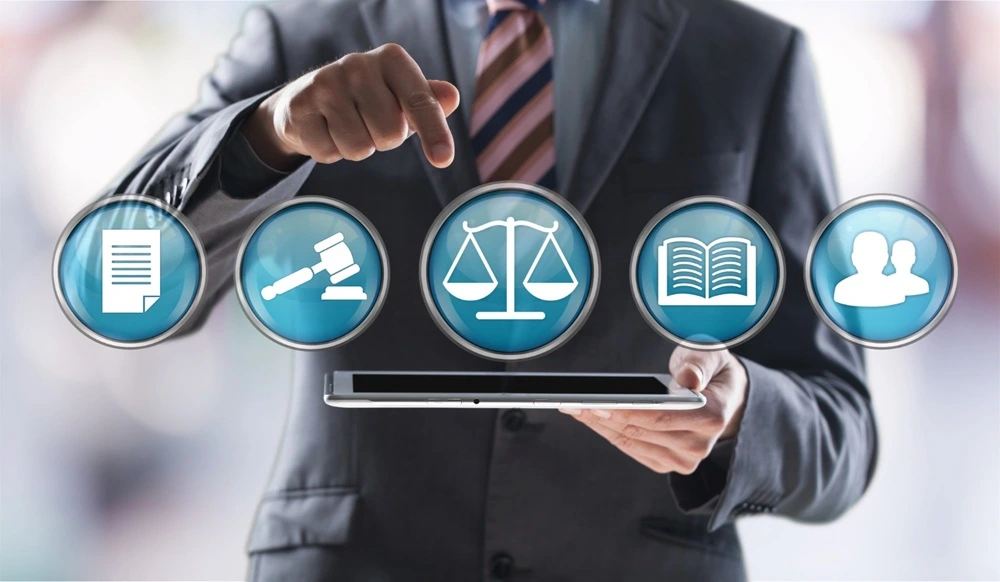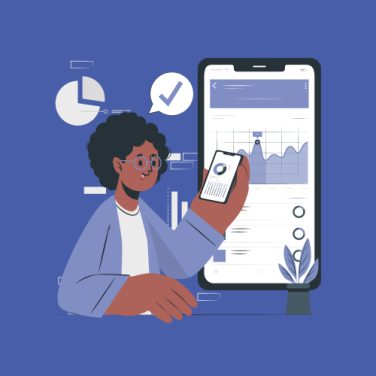Employee monitoring technologies—from activity-tracking software to biometric scanners—are now widespread across organisations seeking greater efficiency and security. This surge highlights a core tension: operational demands versus employee privacy rights.
While most monitoring practices are legal under federal law via the Electronic Communications Privacy Act (ECPA) exceptions, ethical considerations remain central to preserving trust.
This guide equips HR and leadership teams to navigate these complexities. It covers core ethical issues such as consent, fairness, and transparency; outlines legal and regulatory frameworks; and offers best practices for deploying ethical monitoring solutions that balance organisational needs with respect for employee autonomy.
- Assess key ethical considerations and privacy principles
- Understand global and state-specific surveillance laws
- Implement frameworks for transparent, consent-driven monitoring
- Leverage technology solutions for compliance and well-being insights
Key takeaways on ethical issues with employee monitoring

- Ethical concerns: Protect privacy, ensure fairness, preserve autonomy when using employee monitoring tools.
- Legal frameworks: Follow US statutes (ECPA, FCRA, NLRA), GDPR in Europe, CPRA in California, plus state-specific laws.
- Ethical frameworks: Ground policies in autonomy, transparency, justice, beneficence to maintain trust and legitimacy.
- Best practices: Obtain informed consent, draft clear policies, limit data collection, and review proportionality regularly.
- Technology solutions: Employ AI-driven monitoring with privacy controls, real-time well-being analytics, and customisable compliance dashboards.
What are the core ethical issues with employee monitoring?
Consent and Purpose Limitation: Ethical employee monitoring begins with informed consent and a narrow scope.
- Clearly define monitoring objectives in policy documents and handbooks.
- Obtain explicit consent from employees, detailing data types collected and retention periods.
- Limit data use to stated purposes—productivity analysis, security audits, compliance checks.
- Regularly review monitoring practices to retire obsolete or disproportionate data collection.
Proportionality and Fairness: Programs must balance organisational benefits against intrusion and bias risk.
- Collect only necessary data—consider less intrusive methods (e.g., aggregated metrics vs. individual tracking).
- Audit algorithms for bias—monitor for disparate impact on protected groups.
- Implement data minimisation and deletion schedules to reduce privacy risk.
- Engage cross-functional teams (HR, legal, ethics) to assess program fairness.
Defining ethical employee monitoring
Monitoring vs. surveillance
Employee monitoring gathers data to optimise processes, while surveillance aims at punitive oversight. Ethical monitoring:
- Focuses on aggregate analytics (e.g., heatmaps) rather than individual behaviours.
- Maintains transparency—employees know what is collected and why.
- Avoids continuous keystroke logging or covert camera feeds without justification.
Corporate vs. personal devices
Boundaries protect personal privacy:
- Restrict monitoring to company-owned devices and applications.
- Exclude personal devices or networks from automated tracking unless explicit opt-in is obtained.
- Avoid off-duty and private social media surveillance to prevent legal and ethical breaches.
Ethical vs. unethical practices can be illustrated by anonymous productivity dashboards versus covert off-hours GPS tracking of employees’ personal phones.
Legal and regulatory frameworks for employee surveillance

Compliance requires navigating multiple statutes across jurisdictions:
| Law/Regulation | Scope | Key Requirements |
|---|---|---|
| ECPA (1986) | US federal | Permits monitoring for business use and with employee consent (BJA, n.d.). |
| FCRA (1970) | Background checks | Limits use of consumer reports for screening; requires disclosure and consent. |
| NLRA (1935) | Labour rights | Protects concerted activities; prohibits monitoring union discussions. |
| GDPR (2018) | EU data protection | Requires lawful basis, data minimisation, DPIAs for high-risk processing. |
| CPRA (2023) | California | Enhances CCPA with employee data exemptions, requires transparency and rights notices. |
| BIPA (2008) | Illinois | Requires prior consent for biometric data collection; imposes private right of action. |
| CT Notification Law | Connecticut | Mandates written notice before electronic monitoring. |
Employers should implement notice-and-consent processes, conduct regular audits, and prepare for penalties—including fines and litigation—if policies fall short of statutory requirements.
Balancing privacy with productivity: Ethical monitoring frameworks
Autonomy and Consent – Respecting employee autonomy builds trust:
- Offer opt-in mechanisms for non-essential monitoring (e.g., well-being surveys).
- Present clear consent forms specifying data use, retention, and third-party sharing.
- Allow employees to review their own data and request corrections.
Justice and Fairness – Equitable monitoring prevents discrimination:
- Establish oversight committees to review algorithmic outputs for bias.
- Implement tiered monitoring—heightened scrutiny only for high-risk roles.
- Engage employees in policy development to reflect diverse perspectives.
Leadership accountability ensures policies align with organisational values. Regular feedback loops let teams surface concerns, fostering a collaborative culture rather than one of distrust.
Transparency, disclosure, and consent practices
Drafting effective monitoring policies – clear policy documents are essential:
- Define scope: list technologies in use (activity trackers, GPS systems).
- Detail purposes: productivity metrics, data-leak prevention, compliance.
- Specify data retention schedules and deletion protocols.
- Include links to full legal notices.
Consent and Renewal Procedures – maintaining informed consent over time:
- Require annual consent renewals for ongoing monitoring programs.
- Use digital dashboards for employees to view and manage consent preferences.
- Offer training sessions on monitoring tools, data privacy rights, and ethical use.
- Provide channels for employees to ask questions or raise concerns anonymously.
IPsychological impact and organisational culture
The Surveillance Paradox: Excessive monitoring can erode trust and reduce ethical behaviour. Studies show that when employees feel distrusted, they focus on compliance rather than discretionary effort. Over-surveillance may lead to disengagement, turnover, and hidden rule breaking.
Cultivating an Ethical Climate – Strategies to mitigate negative impacts:
- Adopt participatory monitoring—invite employee input on tool selection and metrics.
- Combine quantitative monitoring with qualitative pulse surveys to gauge morale.
- Promote positive social norms through leadership modeling and rewards for ethical conduct.
- Share aggregated insights transparently, demonstrating that monitoring supports well-being, not punishment.
Successful case studies reveal that transparent, balanced approaches strengthen culture while still achieving security and productivity goals.
Technology solutions and best practices for HR data privacy
AI-Driven Monitoring Tools – Modern platforms embed ethical controls:
- MiHCM Enterprise automates compliance with local labour laws, ensuring monitoring aligns with jurisdictional requirements.
- MiHCM Data & AI offers real-time well-being analytics, detecting burnout patterns without exposing individual identities.
- SmartAssist provides automated alerts for policy breaches, minimising overcollection by flagging only defined risks.
Customisable Privacy Controls – Key practices for protecting employee data:
- Implement geofencing for attendance tracking—opt-in only on corporate mobile devices.
- Use role-based access to dashboards, limiting who can view sensitive metrics.
- Set automatic data retention and deletion rules to enforce minimal storage.
- Enable employee self-service portals for data access and consent management.
By combining these features, HR teams can ensure compliance, streamline attendance, and preserve employee autonomy while gaining actionable insights.
Workplace monitoring examples: Ethical vs. unethical
- Ethical example: Anonymous aggregated heatmaps analyse workspace utilisation, improving layouts without identifying individuals.
- Unethical example: Keystroke logging on personal laptops without consent, breaching privacy and opening legal risks.
- Ethical case: Pulse surveys coupled with activity metrics to detect stress, offering support resources based on aggregate data.
- Unethical case: Off-duty social media monitoring leading to wrongful disciplinary action and litigation.
- Lessons learned: Establish clear boundaries, secure consent, and focus on aggregate insights; involve employees in design to build trust.
Next steps for ethical issues with employee monitoring

This guide has outlined core ethical issues, from informed consent and data minimisation to global legal frameworks and organisational culture dynamics.
Transparent policies, ongoing employee engagement, and ethical frameworks—grounded in autonomy, justice, and beneficence—are key to balancing operational needs with privacy rights.
HR and leadership teams should pilot consent-driven monitoring approaches, leverage technology solutions like MiHCM’s suite for compliance automation, and continuously refine practices based on employee feedback.



